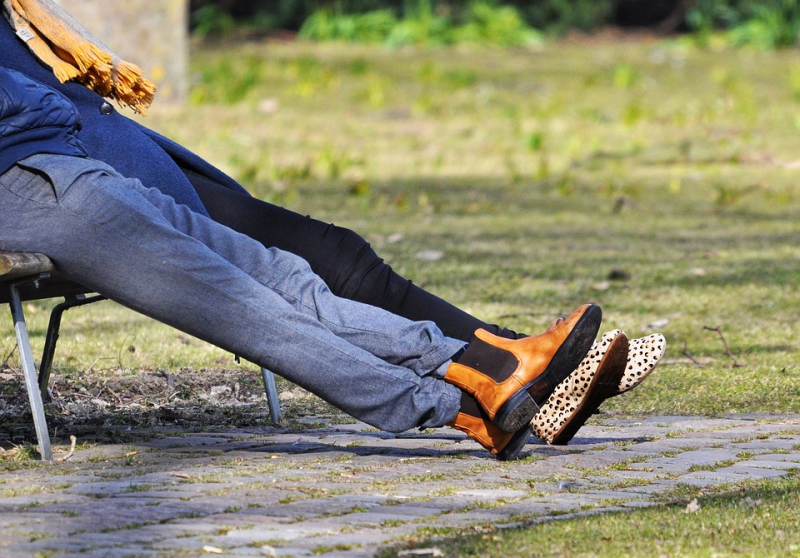What’s new in varicose veins?
Escrito por:In the last 20 years, vascular surgery has undergone a revolution. Traditional surgical methods have been joined by new minimally invasive techniques. How do heat, foam, and even lasers treat varicose veins? And how effective are they compared to surgery? Expert vascular surgeon Mr Philip Coleridge Smith is here to explain:

Varicose veins are swollen veins that are usually highly visible and may be bulging or twisted in appearance. They usually occur in the legs and can cause aching and discomfort, with the affected leg feeling heavy. Patients may experience muscle cramps and burning or itching sensations as well as swelling in the feet.
What is the traditional treatment for varicose veins?
Until recently, the preferred varicose vein treatment has been surgery. Since the beginning of the 20th century, varicose vein surgery has involved removing the diseased veins completely (a process known as “varicose vein stripping”). The patient is put under general anaesthesia during the procedure. Full recovery from the surgery typically takes around a month, and the long-term results are generally good. However, there is usually significant post-operative pain.
Learn more about varicose vein surgery here
What are the new options for varicose vein treatments?
Over the last couple of decades, several new varicose vein treatments have been introduced. They are all minimally invasive techniques (they don’t require open surgery), and can be performed under local anaesthetic, rather than putting the patient to sleep. The main methods include:
- Thermal ablation – heat is used to destroy the vein inside the body. The vein is anaesthetised and a tube is passed through a section of 20-50 cm. The tube is equipped with either a laser fibre optic, a device to deliver superheated steam, or an electrically-heated catheter, all of which provide the heat necessary to destroy the vein.
- Ultrasound guided foam sclerotherapy – foam is injected into the diseased saphenous veins and associated varices. Ultrasound is used to guide the surgeon.
- Mechanico-chemical ablation – a recent technique, which treats the veins with a rotating catheter system and cyanoacrylate glue.
All of these treatments are similarly effective, yielding results comparable to traditional surgical techniques. However, they carry two distinct advantages:
- Most patients experience less post-operative pain.
- The recovery period is much shorter, with the majority of patients returning to work within 1-3 days, rather than after several weeks.
So, are these modern techniques better? Guidelines from the National Institute for Health and Care Excellence (NICE) seem to indicate that this is the case. NICE Clinical Guideline 168 (July 2013) recommended thermal ablation methods as the first line of treatment, with ultrasound-guided foam sclerotherapy advised where the former isn’t possible. If it is not feasible to perform any of the modern techniques, conventional varicose veins surgery is recommended. This all seems to support the idea that all methods, including surgery, are acceptable treatments, but the newer techniques that allow faster recovery are emphasised.
Find out more about varicose vein treatment
Visit Mr Coleridge Smith's Top Doctors profile to learn more or book an appointment!


